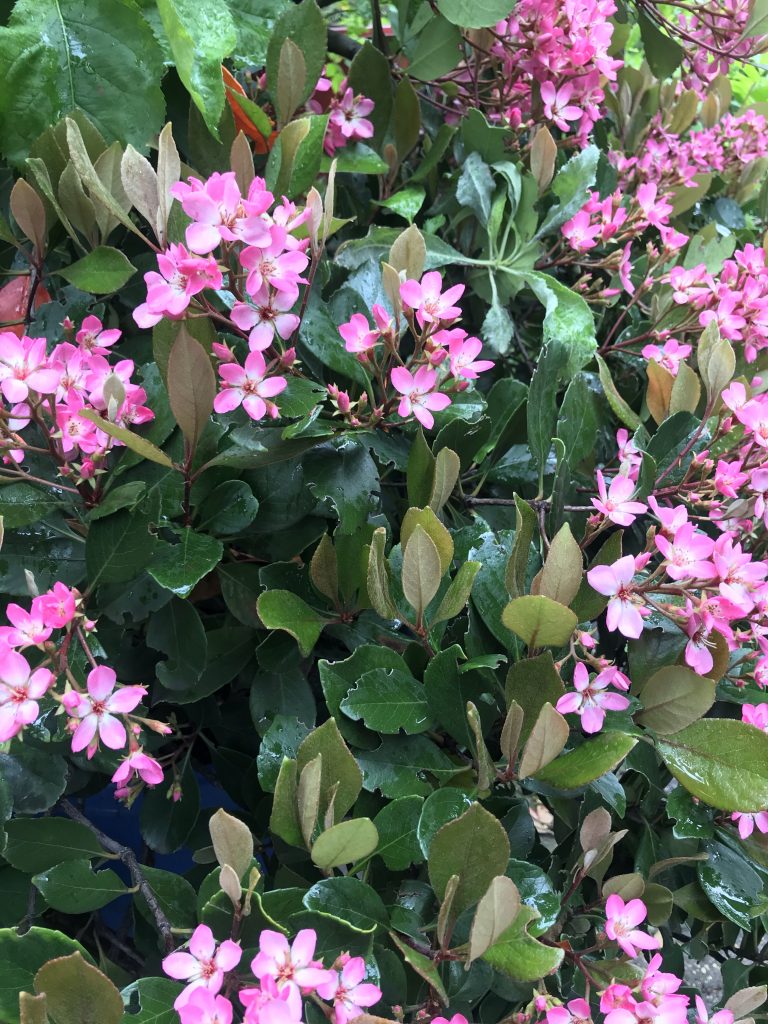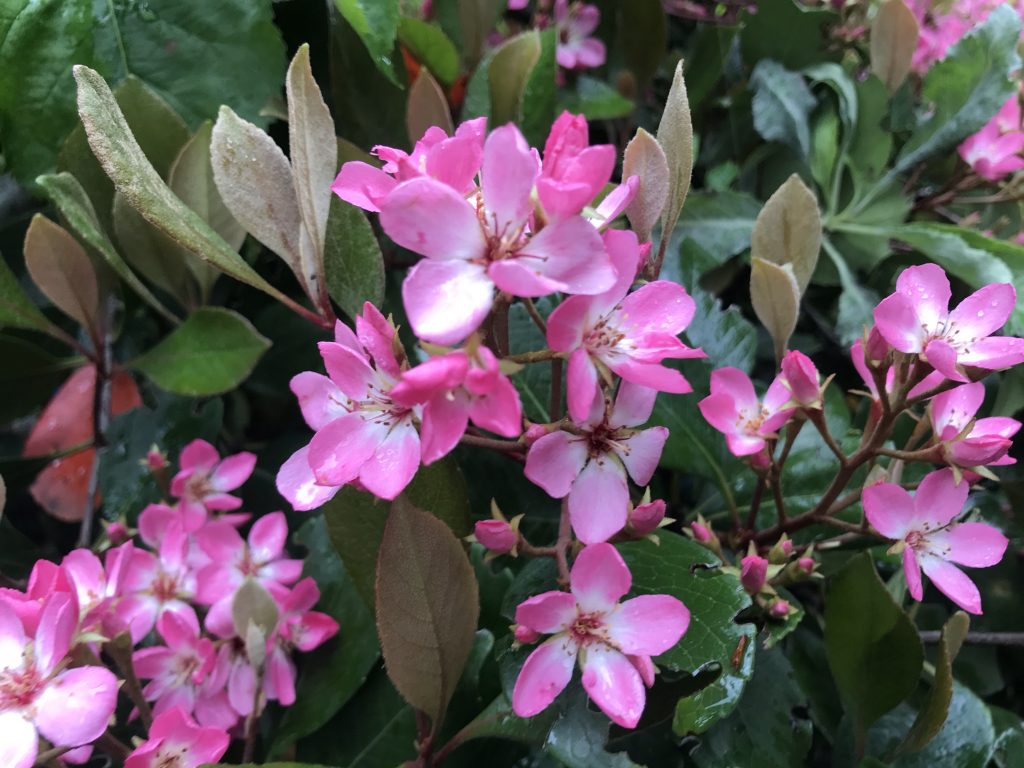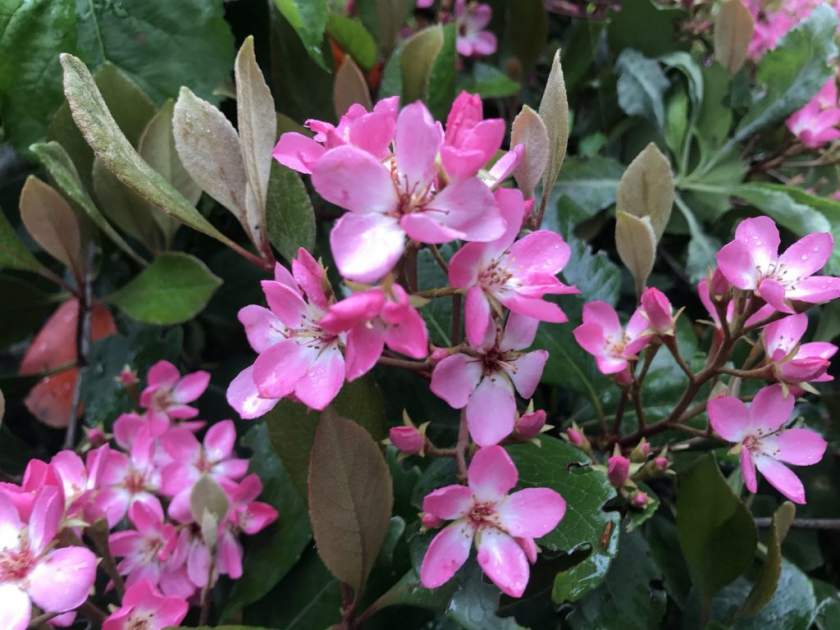Rhaphiolepis indica: The Fragrant Indian Hawthorn
Background and Characteristics: Rhaphiolepis indica, commonly known as Indian Hawthorn, Yeddo Hawthorn, or Hong Kong Hawthorn, is an evergreen shrub belonging to the Rosaceae family. It is native to South China and Eastern Asia. This plant is also popularly used in Bonsai cultivation, thanks to its compact growth habit and attractive features.
Description and Habitat: Rhaphiolepis indica is a slow-growing, compact shrub that reaches a height of approximately 2 meters (6.5 feet). It features fragrant, pink flowers that measure around an inch in diameter. The shrub blooms in spring, and during autumn, it produces small, black edible fruits. These fruits are sometimes used in making jams. The young branches of Rhaphiolepis indica display a purplish-brown color, which later transitions to a grayish-brown hue.
Cultivation of Rhaphiolepis indica:
Sunlight: Rhaphiolepis indica thrives in a combination of sun and partial shade. Select a planting location that receives adequate sunlight while offering some protection from intense afternoon heat.
Soil and Drainage: Plant Rhaphiolepis indica in well-drained soil that ranges from moist to slightly dry. Once established, the shrub exhibits good tolerance to drier conditions. Ensure the soil has proper drainage to prevent waterlogging, which can lead to root rot.
Watering: During the first year after planting, Indian Hawthorn requires regular watering to establish strong roots. Provide sufficient moisture, aiming for evenly moist soil. Once established, the shrub becomes more drought-tolerant and requires less frequent watering.
Fertilizing: Rhaphiolepis indica does not necessitate frequent fertilization. However, a light application of fertilizer in the spring can promote new growth and enhance flowering. Use a balanced fertilizer or one specifically formulated for flowering shrubs, following the manufacturer’s instructions.
Pruning: Indian Hawthorn generally does not require extensive pruning. However, occasional pruning can be performed to remove dead, diseased, or damaged branches. Additionally, shaping the shrub through selective pruning can help maintain its desired form and size.
Pest and Disease Control: Rhaphiolepis indica is generally resistant to pests and diseases. However, it can be susceptible to scale insects, mealybugs, and anthracnose. Regularly inspect the plant for any signs of infestation or disease. If detected, promptly treat the affected areas with appropriate measures to mitigate the issue.

Propagation and Maintenance:
Rhaphiolepis indica can be propagated through various methods, including seeds, cuttings, or layering. Collect seeds from the fruits and sow them in well-drained soil. Softwood or semi-hardwood cuttings can be taken and provided with a suitable rooting environment to establish new plants. Additionally, layering involves bending a low-growing branch to the ground, securing it, and allowing it to develop roots.
Utilize the Versatile Beauty of Rhaphiolepis indica: Rhaphiolepis indica, or Indian Hawthorn, with its fragrant pink flowers, compact growth habit, and adaptability to different soil conditions, offers an enchanting addition to any garden or landscape. Whether used as a border plant, in hedging or as a charming Bonsai specimen, the resilience and aesthetic appeal of Rhaphiolepis indica make it a beloved choice for both beginners and experienced gardeners. Enjoy the beauty of its flowers and the occasional bounty of its edible fruits while admiring its lush evergreen foliage.





